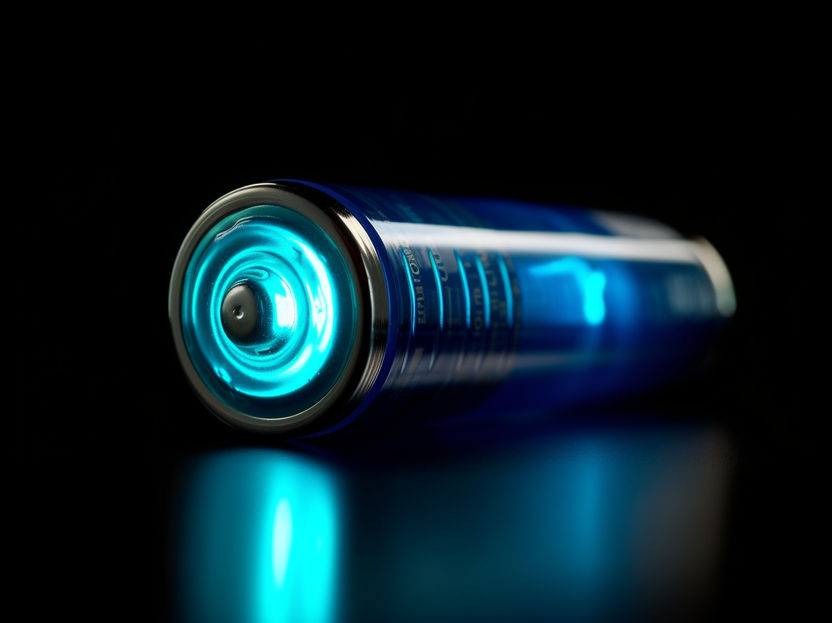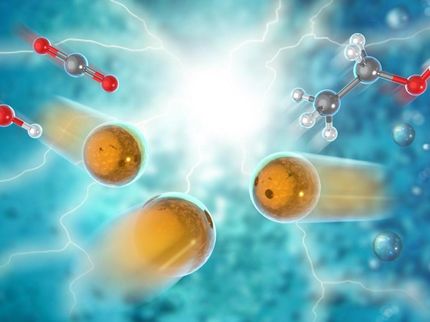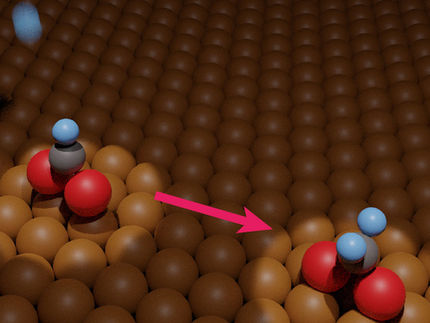Plastic waste: better to burn?
Burning plastic can give off less carbon dioxide than burying it, scientists claim in a Royal Society of chemistry journal. Swedish scientists studied the CO2 produced when unrecyclable plastics are incinerated and the energy given off is recovered, compared with putting them into landfill.
The authors of the Energy and Environmental Science article, Ola Eriksson (University of Gävle, Sweden) and Göran Finnveden (Royal Institute of Technology, Stockholm, Sweden), initially disagreed on which of these methods of disposal would be lower in CO2 emissions.
Looking only at CO2 emissions, incineration of plastics produces a much greater amount of CO2 than landfill. However, in the special case when incineration is performed with high-efficiency energy recovery, it provides power normally generated by plants burning fossil fuels, and can produce less CO2 than would otherwise have been released into the atmosphere, making the overall process CO2-negative.
In Sweden, as in other European countries, the disposal of non-recyclable plastics in landfill is expensive and greatly discouraged, they prefer to incinerate it.
The researchers found the results surprising: “It showed we both were right,” said Eriksson.
These highly-efficient plastic incineration plants are not common throughout Europe and in most cases plastic incineration produces a high net emission of CO2.
Eriksson emphasises that they want European policy makers to think carefully about how they dispose of non-recyclable plastics. He wants them to “reconsider this policy to not put any plastic in landfill because, in some cases, it can be worth it,” he said.
Original article:Ola Eriksson, Energy Environ. Sci., 2009.
Organizations
Related link
Other news from the department science

Get the chemical industry in your inbox
By submitting this form you agree that LUMITOS AG will send you the newsletter(s) selected above by email. Your data will not be passed on to third parties. Your data will be stored and processed in accordance with our data protection regulations. LUMITOS may contact you by email for the purpose of advertising or market and opinion surveys. You can revoke your consent at any time without giving reasons to LUMITOS AG, Ernst-Augustin-Str. 2, 12489 Berlin, Germany or by e-mail at revoke@lumitos.com with effect for the future. In addition, each email contains a link to unsubscribe from the corresponding newsletter.
Most read news
More news from our other portals
Last viewed contents

Chemovator, the business incubator of BASF, opens its doors for startups outside of the company - Support in the areas of sustainability, process, research and service optimization, as well as next generation materials

Cement made from steel production byproduct can lead to a huge CO2 reduction
The unsolved mystery of kava toxicity





























































